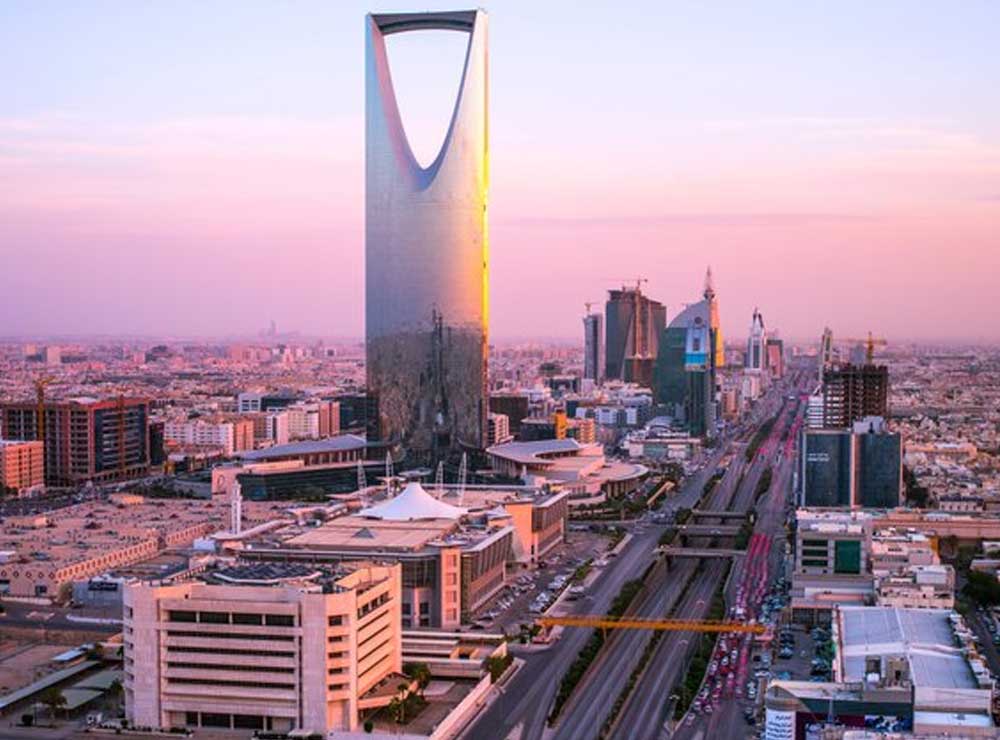
Positive outlooks as Saudi Arabia residential market flattens after steep decline
12.02.18After more than a year of decline for the residential market in Saudi Arabia, research shows things may be in for an upward turn.
The residential market across the main cities of Saudi Arabia started decelerating in 2016 as transaction volumes and sales prices came under pressure following a period of relative resilience. But in recent quarters, experts we have seen that residential real estate prices have flattened, which could be an indication that the market has bottomed out and may be close to stabilising following a year of rapid decline.
“The trend towards a weaker residential market is mainly due to eroding market liquidity and is exacerbated by a combination of more inherent factors namely the lack of affordability and limited access to financing, supply shortage in the mid-to-lower end of the market and the lack of suitability of existing stock,” explains Raya Majdalani, Research Manager, Knight Frank.
Looking at the performance of the residential market across the main cities of Saudi Arabia, Knight Frank notes transaction volumes and values have softened in 2017. A common trend witnessed in sales prices across key cities is that apartment prices have been less impacted than villa prices as a result of a shift in demand from villas to apartments due to affordability constraints.
Those in the know remain positive, with recent initiatives set to improve the market including the release of regulations for the introduction of a 2.5% ‘white land’ tax on undeveloped land plots and the approval of regulations for the use and listing of Real Estate Investment Trusts (REITs).
Also set to help boost the residential property sales is the introduction of a new mortgage law, expected to boost Saudi Arabia’s home ownership rate, along with the creation of a real estate refinance company by the Public Investment Fund.
Recently introduced strategic reforms aimed at creating a favourable environment for investment and strengthening the non-oil sector have placed a focus on real estate which is forecast to double its contribution to economic output by 2030.
Moreover, the implementation of various urban regeneration initiatives including mixed use communities and investment in infrastructures are expected to act as catalysts for sustainable development and a more active residential market
“Despite lacklustre performance throughout 2017, we remain broadly positive when it comes to the medium term outlook, mainly as a result of government initiatives aimed at addressing key challenges restraining the residential market,” adds Stefan Burch, Partner, Knight Frank Saudi.
Longer term, demographic factors will continue acting as demand generators for the residential market in Saudi Arabia. This includes a large population which has seen a sustained growth rate over the past decades and a long term trend towards smaller size households.
On a macroeconomic level, the economy is expected to gradually adapt to the new norm in oil prices as it diversifies away from its dependence on the hydrocarbon sector in line with economic reform programs. Therefore GDP growth should regain some momentum in the medium term mainly driven by non-oil GDP, which should provide support to the recovery in the residential market.
Overall, the drivers for the Saudi Arabian residential market appear to be generally positive for the long term despite some key risks to market performance including: heightened geopolitical risks weighing on consumer sentiment, further volatility in oil prices and increased challenges entailed by the implementation of economic reforms.
Abode Affiliates
COPYRIGHT © Abode2 2012-2025



















































































































